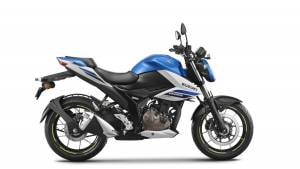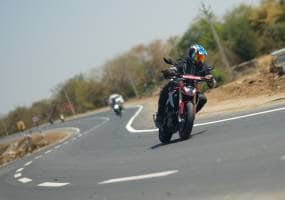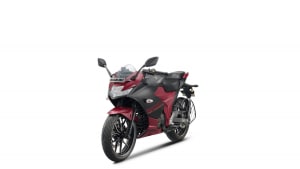Yamaha FZS 25 vs Suzuki Gixxer 250 comparative road test review
When I first rode the Gixxer 155 a few years ago, I never thought it would blow my mind the way it did. After the debacle that the GS150 and Hayate was, I had very little hope from Suzuki - but boy, that 155 left me impressed with its comfort, handling and poke. So I came into this test with a lot of hope from the Gixxer 250 which aims to amplify all the attributes of the original 155.
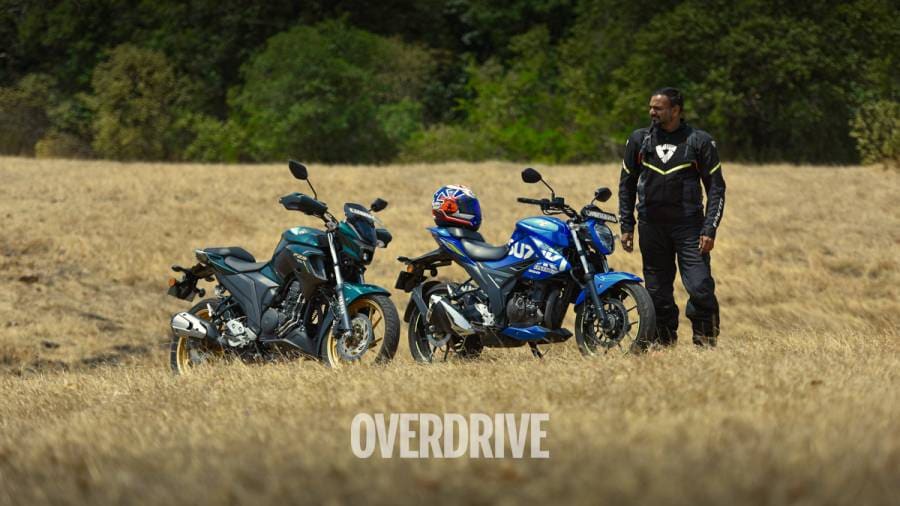
Yamaha has a similar story to tell. It literally gave birth to this genre of beefy street nakeds with the FZ16 and has upped the game ever since with three generations of the FZ in the 150cc class, and even expanding its footsteps into the 250cc category. The FZ 25 as it's called, has been around since 2017 now, but it was recently given a major makeover.

So it's only natural that we compare the two Japs to find out which one is the better buy. And before you ask, Bajaj couldn't get us a Dominar 250 for this test and hardly anyone in our community seemed to own one. The other 250s from KTM and Husqvarna reside at a significantly higher price tag and have a more lifestyle or sporty intent than these quarter-litre commuters from Yamaha and Suzuki.
Design
Of all these aforementioned models, the Gixxer 250 probably looks the leanest. Its styling seems inspired more by the conservative, yesteryear Gladius 650, than the sharp and aggressive GSX-S750. And while this body style is getting common across brands, the Gixxer manages to look unique with its rising tail and the two-pot exhaust canister. It has a handsome stance that is likely to appeal to a wider audience and the Suzuki MotoGP livery inspired paint scheme seen here looks the most appealing to me compared to the all-black scheme which I usually adore on most motorcycles.
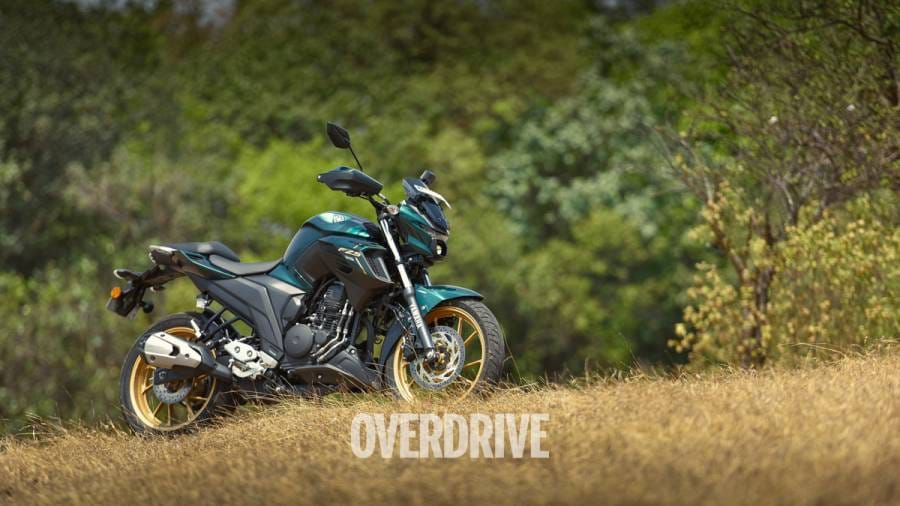
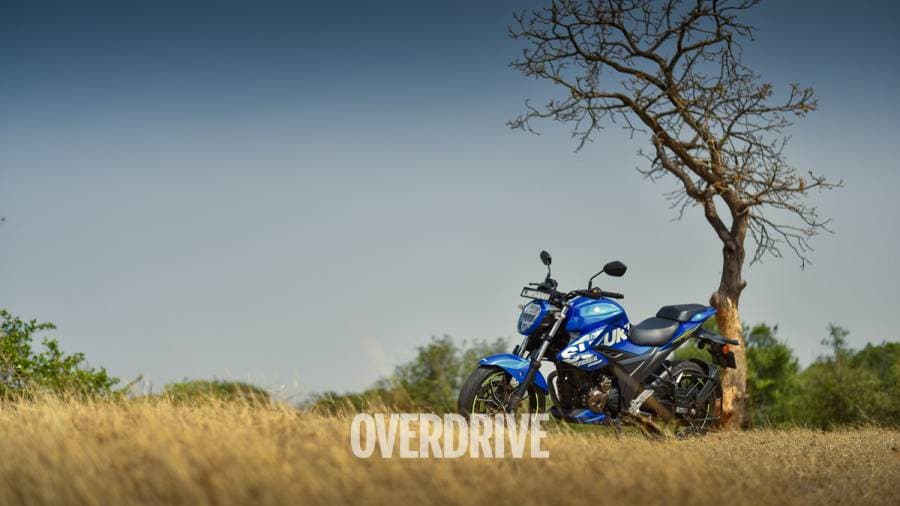
The Yamaha FZS 25 in comparison looks a lot more radical - almost like a Transformer robot, if you will - with its square projector, an LED array on top of it and a tall fly-screen to complete the look. It has a rounded tank and sharp shrouds that incorporate faux air-intakes. The treatment looks sporty, but it is also much leaner than the FZ16. So much that I think it should have been called the MT-25 instead. The green body and gold wheels look nice and refreshing, but the cuts and the stylised bits of the bodywork come alive in the white colour and that would be my choice.
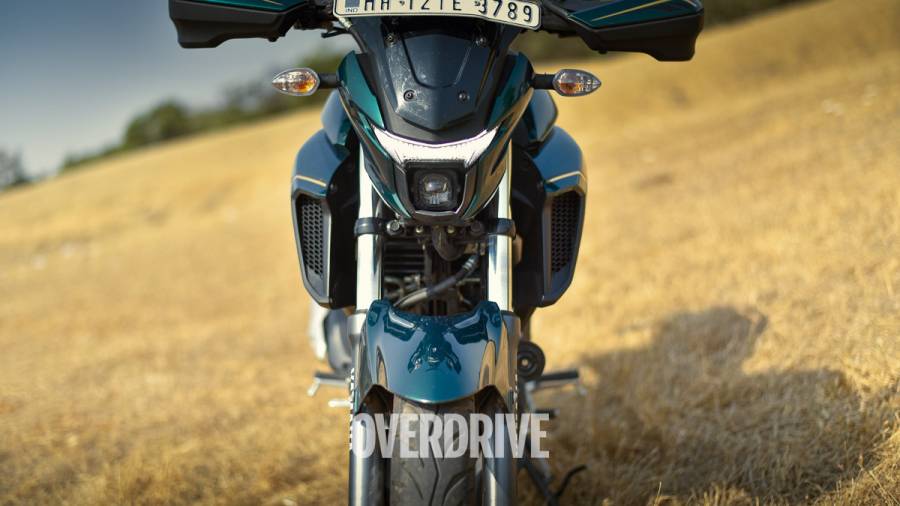
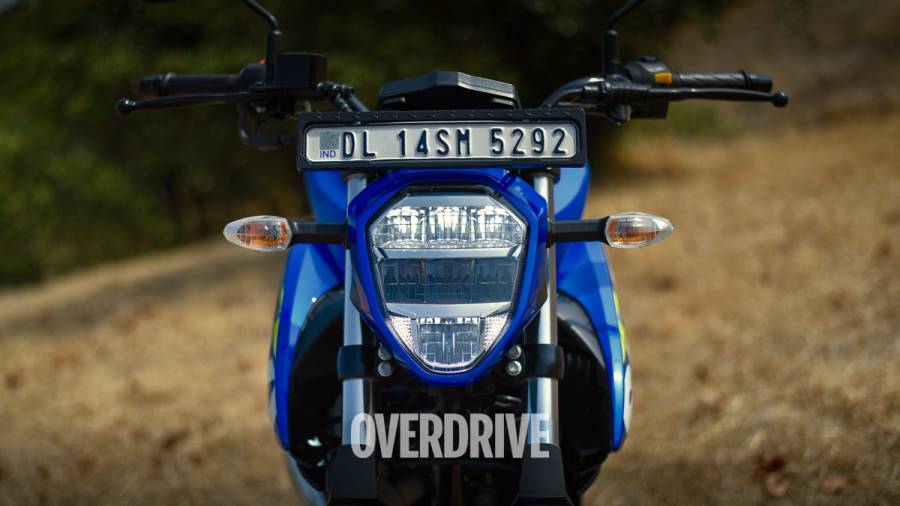
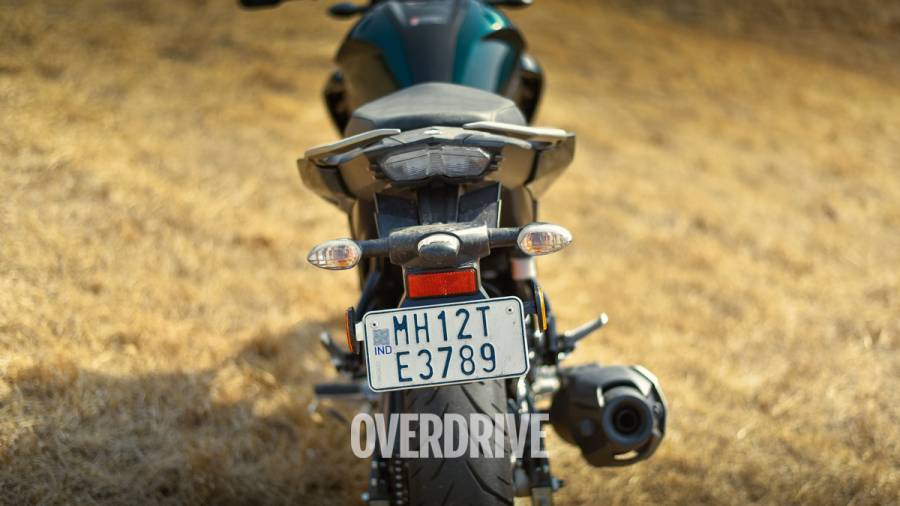

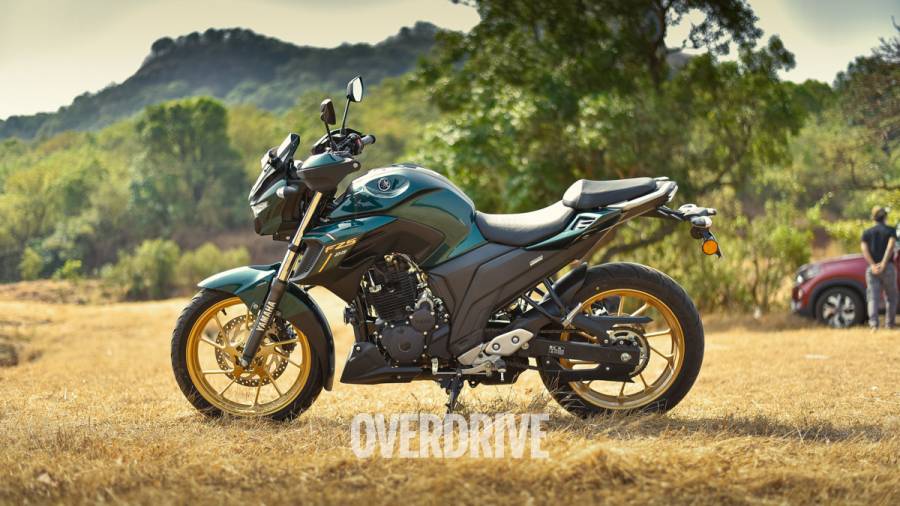
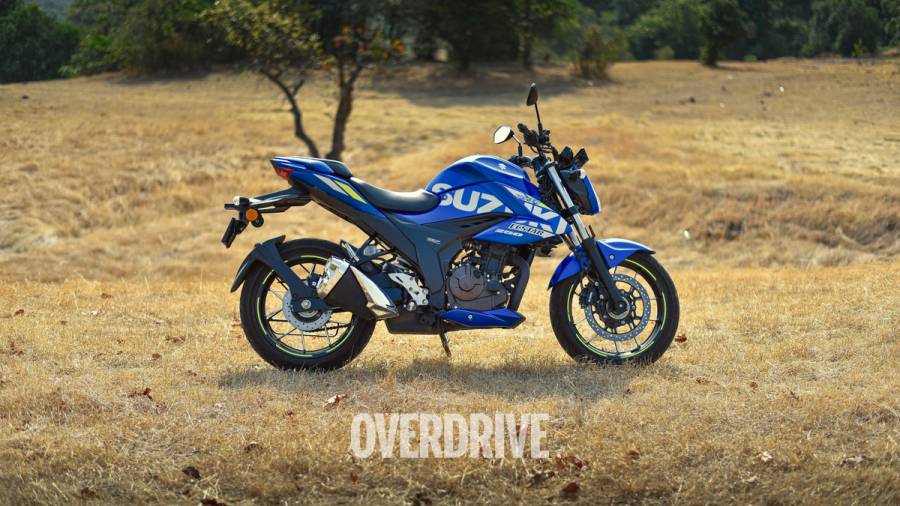
Both motorcycles do LED lights at the front and rear but get analogue bulbs for the blinkers, which is unexpected for this category. The headlamps look nicer and more sophisticated on the FZS but the Gixxer 250 has a far better throw and spread.
Chassis, engine, ride and handling
Both motorcycles incorporate a diamond frame and simple suspension components like telescopic forks and a rear mono-shock. They have a comparable seat height and kerb weight too. But the minor spec advantages in favour of the FZS make it noticeably more manageable in the crowed environment. Out in the twisties though, the Gixxer 250 feels like the more stable motorcycle through sweeping turns or tight switchbacks. Its tyres not only offer better grip but the suspension also feels more composed and taut for sporty riding. The FZS is sure-footed through the corners too, but it isn't as sharp at turn-ins and fast direction changes often make the bike feel a bit wallowy.
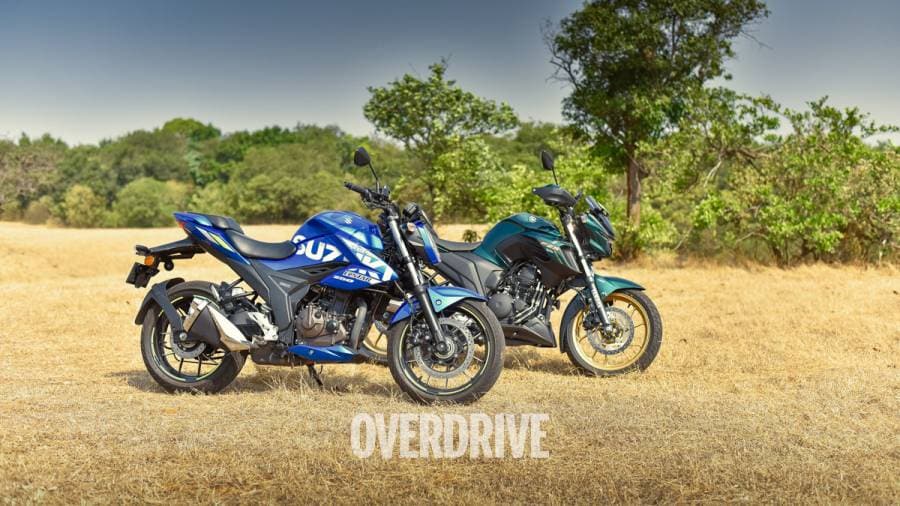
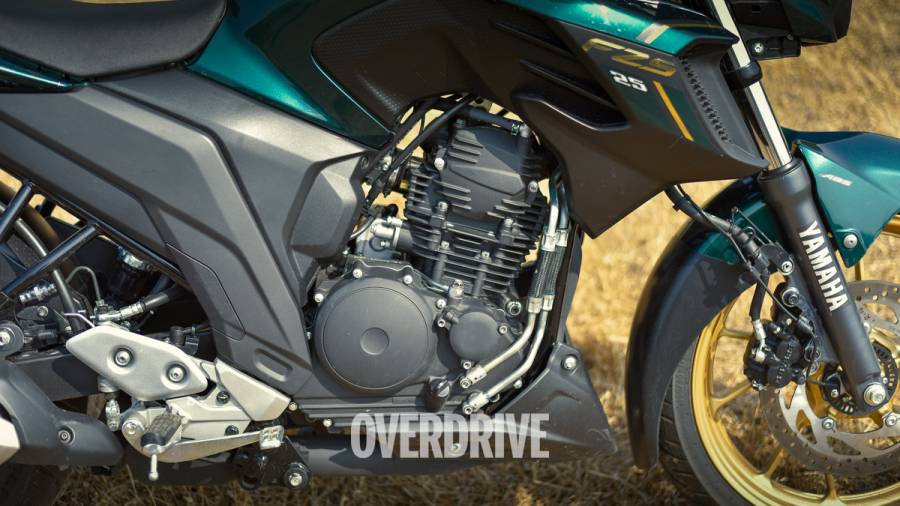

On that note, the Gixxer 250 also manages to carry better speed through the corners if you are riding with a sportier intent. The engine has a meaty spread between the 3,000-7,000rpm zone and displays a far stronger mid- and top-end performance compared to the Yammie. If you live in extra-urban conditions, you will often find yourselves quickly reaching up to the fifth gear on the FZS and the engine feels more tractable too, but on the highway, you will feel the engine showing reluctance beyond the 110kmph mark - which is disappointing for a 250. In comparison, the Gixxer has better highway legs and offers a smoother performance even at speeds between 120-130kmph. And despite the sprightly nature of its 4-valved engine, the Gixxer outshines the FZS' two-valved motor on fuel economy too.
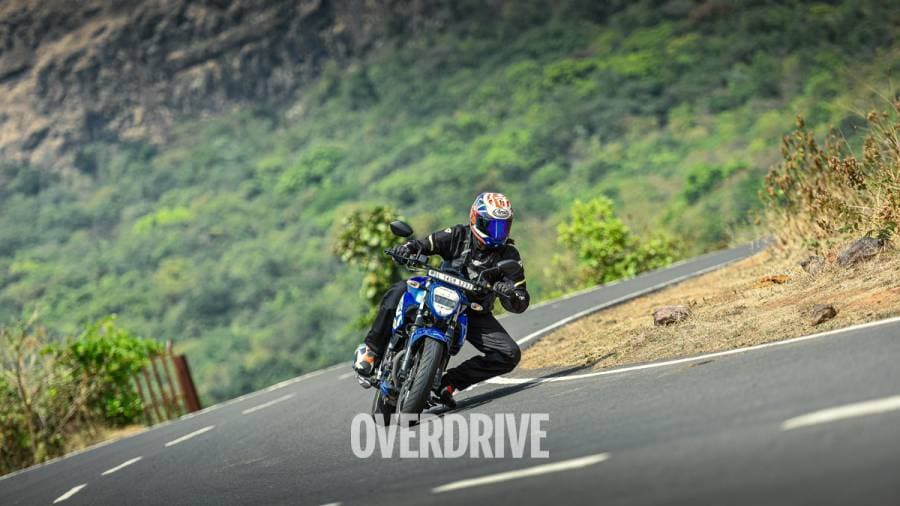
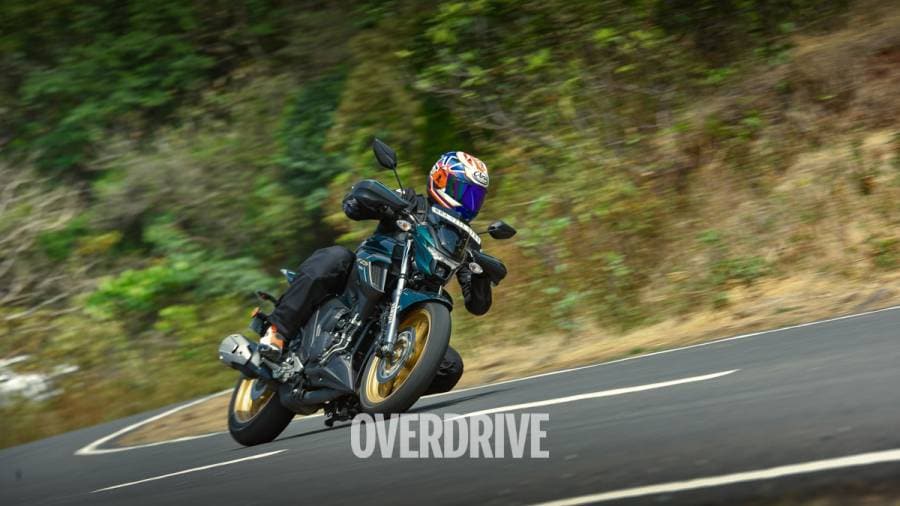
The FZS' engine is clearly tuned for better performance in the city and it shows quite clearly when you take a look at the test figures. Furthermore, its rider geometry is also relatively more upright for comfortable commutes. Should you take them touring though, the Gixxer offers more comfortable seating and riding posture for the rider, but the comfort and seating geometry for the pillion is far better on the FZS. Despite its marginally smaller tank the Gixxer manages to offer a better range, and though a plethora of good aftermarket luggage options exist, it is good to know that the Gixxer gets its compatible saddlebags as a part of the official accessory catalogue.
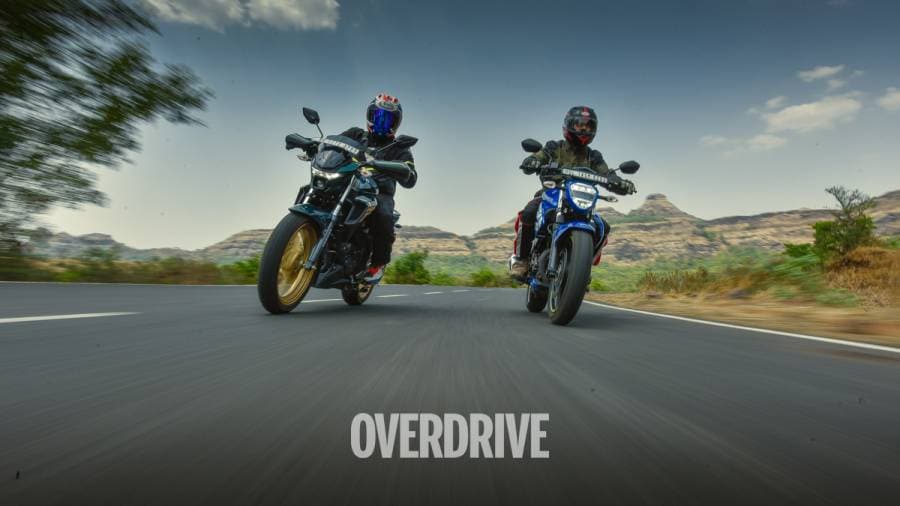
The Gixxer's accessories also include a set of plastic handguards, which otherwise come standard on the FZS. They certainly add a bit more protection while cutting through traffic (or in case of a slow speed fall), but restrict the air-flow to the sleeves in our typically hot riding conditions. Furthermore, their body-coloured finish means they look blemished far too quickly.
Speaking of protection and safety, both motorcycles come with dual-channel ABS and the Yamaha stops shorter than the Gixxer. That is certainly safer, but the brake feel is better on the Gixxer. The 6-speed Suzuki gearbox also feels much smoother under heavy downshifting or engine braking, than the notchy 5-speed setup on the FZS.
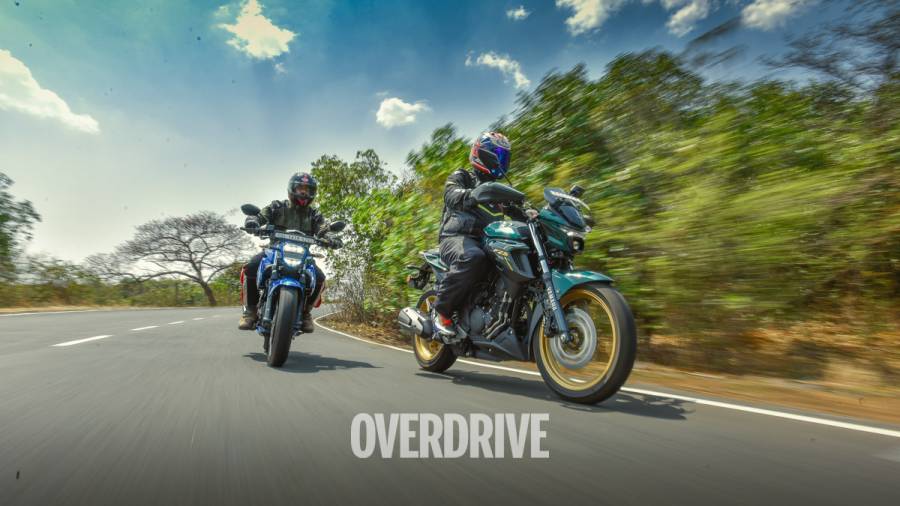
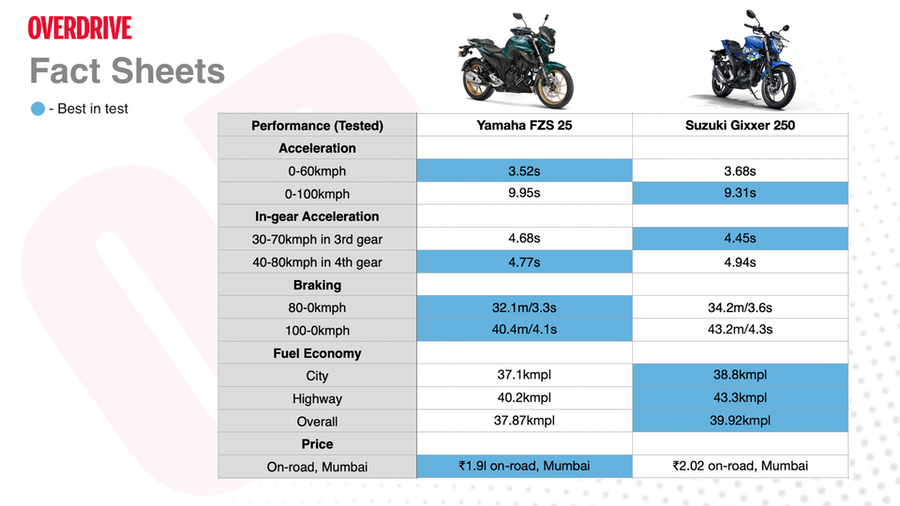
Features
This is one department where both the motorcycles leave you wanting for a bit more. Both motorcycles get a fairly basic digital instrumentation that reads out vehicle and engine speeds and trip and fuel data. There is no Bluetooth connectivity, which makes you feel shortchanged with your 250 after knowing that even the FZ16 and the XPulse 200 get it.
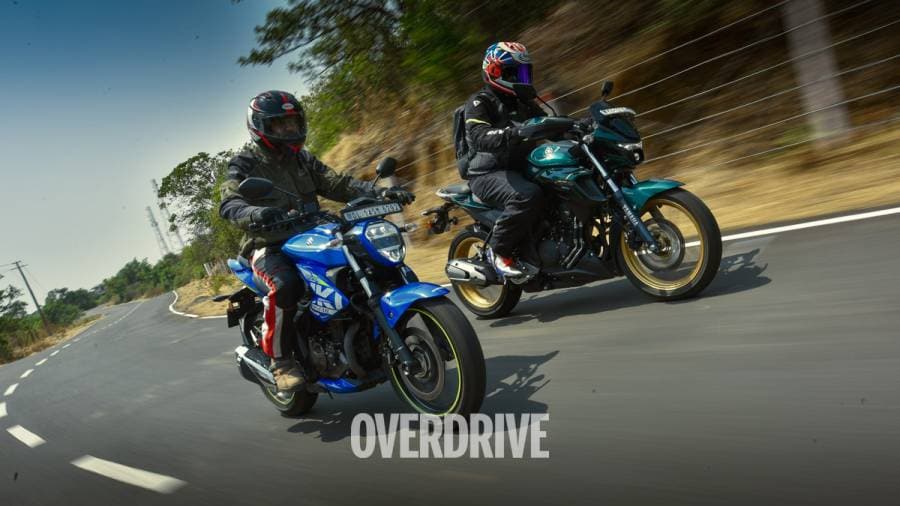

Verdict
It is commendable how Yamaha has taken a 2017 FZS and made it nicer and relevant for today's times. On the other hand, I'm also impressed at how the Gixxer 250 has built on all the positives of the 155 and becomes a convincing quarter-litre offering that can take the fight to the more premium end of this segment. Of course, both motorcycles have some hits and misses, but their punchy performance ensures that they can be thrilling enough for someone upgrading from the 100-125cc class, or can also be welcoming for an all-new rider with their easy rideability. Most buying decisions here are likely to be made based on how they look, and you won't go wrong choosing either one of them. But we had to pick a winner, it would be the Gixxer 250 and the points table agrees with that verdict.
Photography: Anis Shaikh
Starts Rs 1,63,400
249cc
6-Speed
26.50
22.20
-NA-
